|
There is a fine, large monument in Mount Olivet’s Area D whose owner can certainly be considered an eyewitness to history. As a matter of fact, he and his family had, what you would call, “a front row seat” (or at worst, balcony seats) to a major moment in Frederick, Maryland’s magnificent history. His name was Jacob Leilich, and his resting spot is along the east side of the cemetery’s central driveway where he is buried with his wife Chatarina. The Leilichs were not alone in their memorable observance on the late afternoon of Saturday, October 4th, 1862. Several members of the town’s citizenry were also on hand for an impromptu speech given at the old Baltimore & Ohio Railroad’s passenger station at the corner of East All Saints and South Market streets. The oratory was made by our legendary 16th President of the United States—Abraham Lincoln. One of the most interesting aspects of this experience for Mr. Leilich (and his family) comes in the fact that he never had to leave his home—the oratory came from the back of a train car that was parked right outside his window. The Leilichs lived in the building directly across East All Saints Street from the train station, today the home of Downtown Piano Works (74 South Market Street). The former train station is better known as the Frederick Community Action Agency, home of the Frederick City Food Bank. The Leilichs operated a hotel and grocery store as part of their spacious home which stretched down East All Saints Street. I know from researching/writing other stories that the neighboring house to the north on South Market was home to Jacob Haller’s Tavern, a popular oyster saloon for many years, conveniently located across from the United Fire Company (which still operates to this day.) First off, I’d like to talk about President Lincoln’s speech and what brought him to Frederick in early October of 1862. We will conclude with a look at Jacob Leilich and his family. President Lincoln Exactly one month earlier, Frederick County found itself at the hands of what many townspeople thought were invaders. Others, however, saw these men as liberators. Either way, the soldiers of Gen. Robert E. Lee’s Army of Northern Virginia had crossed the Potomac into Maryland after a successful late August victory in the Second Battle of Manassas, also known as the Second Battle of Bull Run. Frederick would be the first, major northern (or Union) town that Lee would bring his Confederate Army. Those students of Civil War history (among you) know that the occupation of Frederick lasted almost a week until Lee made a move west. The Union Army of the Potomac, under Gen. George B. McClellan, headed north toward Frederick out of Washington, DC in pursuit of the Rebels. After the supposed flag-waving episode of Barbara Fritchie (September 10th, 1862), the Confederate Army continued west on the old National Pike, making use of today’s Alternate US 40 over Braddock Mountain, through Middletown and across South Mountain. Here the armies would engage one another on September 14th in the Battle of South Mountain. Three days later on September 17th, both sides squared off outside the small town of Sharpsburg in the Battle of Antietam, the bloodiest one-day battle in American history. This conflict was deemed a Union victory and helped set the stage for President Lincoln to issue the Preliminary Emancipation Proclamation. My friend, and fellow historian, Dennis Frye gives great context to this episode in American Civil War history in Maryland’s Heart of the Civil War: A Collection of Commentaries. (The written transcript is below) (DENNIS FRYE) Abraham Lincoln had a great victory given to him by the Army of Potomac; keep in mind that when September begins the Confederate Army is invading Maryland. Lee's compass is pointed towards the Mason-Dixon Line and he has every intention of crossing it and moving towards the Susquehanna River. Now, here we are the 1st of October, the Confederate Army has been defeated, Maryland is safe, Pennsylvania is secure, Lincoln has issued his Preliminary Emancipation Proclamation, it was one of the most extraordinary months, turnarounds of the war for the Lincoln administration. So the president wanted to come out and congratulate the men that gave him and the United States this great victory. So on the 1st of October, he gets on the B&O train, first comes to Harpers Ferry, meets the troops, greets the troops, inspects the troops at Harpers Ferry and then comes to Sharpsburg. He establishes his home with McClellan at McClellan's headquarters at the Showman home just south of Burnside Bridge and there he will meet with McClellan, he will talk about what the Army had accomplished, what the future should be, and even had his own ideas for the campaign. Lincoln always had his own ideas, and he and McClellan talk about what the next step will be. Well, as so often was the case, Lincoln and McClellan did not agree. McClellan intended to utilize the Shenandoah Valley as the base of operations. The president said, no, we're going to go east to the Blue Ridge and move back towards Richmond, huge debate, complete disagreement. But in the meantime, the president would go out, review the troops, complement them, praise them and really feel that this army had matured into an army that could truly give him victory and he had proven it on the banks of the Antietam Creek. Well, after the meetings were completed, and they never did come to an agreement on what their future would be, the president would leave via Keedysville, Boonsboro, South Mountain. He would actually cross the mountain and see part of the South Mountain battlefield. So he didn't just visit Antietam, but he actually visited three battlefields on this trip, Harpers Ferry where his forces did not succeed, of course there at Antietam where he visited famous landmarks like the Burnside Bridge, and then on his way back he went via Boonsboro and South Mountain and then Middletown and ultimately to Frederick. And when he arrived at Frederick there was a train there awaiting to take him back to Washington. And there was a throng, a huge crowd there to greet the president. And the president didn't really like to give “just off-the-top” speeches but the demand was great, they wanted to hear from the president. And so there at the train station at Frederick, he stood on the back of his car, the presidential car, and made a little speech to the citizens of Frederick. They were happy with it. The speech didn't say much, but it was a very nice little speech, the president of the United States in Frederick speaking to those Union citizens who in their mind had stood up against the tyranny of the rebels. And with that off he went back towards Washington. From Sharpsburg, President Lincoln would travel to Frederick City where he received an enthusiastic welcome complete with “signal guns and a parade.” Arriving around 5:00pm, Lincoln visited Brig. Gen. George L. Hartsuff of Michigan, who was injured in the morning phase of the battle at Antietam. Hartsuff was recuperating in the home of Mrs. Eleanor Tyler Ramsey, a short distance from the town’s courthouse square. After visiting the general, Lincoln gave a brief impromptu speech to a group assembled outside the Ramsey House, then made his way to Frederick’s B&O train station for the return trip to Washington. When he arrived at the station, the president found himself surrounded by a large crowd of citizens, soldiers and free blacks. We are very lucky to have a depiction of this event from the exact period. It was sketched by Mr. Hamilton, a Civil War sketch artist for the newspapers of the day. The lithograph appeared in the October 25th, 1862 edition of Harper’s Weekly newspaper. The newspaper also provided the following text to describe the image, along with a transcript of the president’s speech: THE PRESIDENT'S VISIT TO McCLELLAN'S ARMY. We publish on page 684 an illustration of the President's visit to Frederick. His journey through Maryland was one continuous and triumphant ovation, and will have the effect not only of teaching the rebels how little they gained by their last raid upon the affections of "My Maryland," but of convincing Northern traitors that henceforth we may count her as irrevocably fixed to the Union. A vast concourse of people had assembled at the railway station at Frederick; and the President had no sooner got away from those who rushed to shake hands with him, and reached the train, than loud cries brought him to the platform of the rear carriage, to show himself and speak to his friends. This is the moment seized upon and illustrated by our artist. The President, in a clear voice, and with that honest, good-natured manner for which he is so noted, spoke as follows: (Written transcript included below) “Fellow Citizens: I see myself surrounded by soldiers, and a little further off I note the citizens of this good city of Frederick, anxious to hear something from me. I can only say, as I did five minutes ago, it is not proper for me to make speeches in my present position. I return thanks to our soldiers for the good service they have rendered, for the energies they have shown, the hardships they have endured, and the blood they have so nobly shed for this dear Union of ours; and I also return thanks not only to the soldiers, but to the good citizens of Maryland, and to all the good men and women in this land, for their devotion to our glorious cause. I say this without any malice in my heart to those who have done otherwise. May our children and our children's children to a thousand generations, continue to enjoy the benefits conferred upon us by a united country, and have cause yet to rejoice under those glorious institutions bequeathed us by Washington and his compeers. Now, my friends, soldiers and citizens, I can only say once more, farewell.” Abraham Lincoln October 4, 1862 I have a framed, original copy of this lithograph from an old Harper’s Weekly edition. Mine is even hand-colored and I have hanging in my office. The Lincoln speech event of 1862 is especially near and dear to my heart because I helped organize a re-enactment of it back on October 4th, 2012. This was the 150th anniversary of Lincoln’s legendary visit to Frederick. Our Lincoln portrayer that day was James Hayney of Camp Hill, PA. The day culminated with the official unveiling of the Downtown Frederick Heritage Trail Marker System. One marker commemorates Lincoln's 1862 visit and was placed in front of the Leilich former home. As an aside, before our downtown event at the old train station, Mr. Hayney (as Lincoln) entertained schoolchildren at Lincoln Elementary School a few blocks to the south. Interestingly, the Leilich gravesite affords a view of this school. One day, I looked at the lithograph very closely, scouring the individuals depicted in Lincoln’s audience. My eye wandered over to the building sketched on the far left and saw that the artist had included a sign over the door fronting on South Market Street. It reads: Groceries J. Leslich. It should read Leilich, but it was either misspelled by accident, or by design. From there I did my research, and here we are a few years later. One more thing, I will kindly draw your attention to in respect to this particular art piece, is the presence of individuals by the Leilich’s front door and, moreso, people visible in the upstairs window. Were any of these folks Jacob, Chatarina or, more likely, the Leilich children? We may never know, but I guarantee that you will never look at this particular lithograph quite the same when you see it again! Jacob Leilich First off, you may be interested to know that the name Leilich is German in origin, and constitutes the 1,052,587th most common surname in the world at the time of our publishing. I couldn’t find a meaning for the name. The Leilich monument in Area D is pretty impressive and among the largest of the section. It is also educational, including brief biographies on both Jacob, and wife Chatarina (Blumenauer) Leilich. “To the memory of Jacob Leilich Born October 5th, 1809 Departed this life July 16, 1870. Aged 60 years 9 mos. & 9 days. The deceased was born in Schaafheim, Kris Bezirk Dieburg Broszherzogthum Hessen Darmstadt Germany and came to this Country Aug. 18, 1831." "To the memory of Chatarina Leilich Wife of Jacob Leilich Departed this life May 15, 1866 Aged 53 years 10 mos. & 20 days. The deceased was born in Wolfersheim Koenigsreich Bayern, Rhein Kreis Zweybruecken Germany and with her parents came to this country in 1837. Rest in peace, Mother." I’m not certain as to the exact year Jacob Leilich came to Frederick, but it was between 1831-1834 because he married Chatarina here on April 19th, 1834. From 1835-1859, Leilich owned the property on the west side of South Market Street that is now 75-77 South Market. He had a blacksmith shop there. Leilich bought the 72-76 South Market property in 1845 from Capt. Henry Jefferson Walling, a popular passenger train conductor for the Baltimore & Ohio Railroad. You may recall the surname as Henry’s son, “Uncle Joe” Walling was a subject of an earlier “Story in Stone.” Let’s just say that unlike his father who preferred train travel, Joe preferred walking. Jacob Leilich was bonded to the Levy Court as the "Standard Keeper of Weights and Measures" for the county in 1851. In addition to being a businessman, I found newspaper articles showing his connections to civic activities. He was an active parishioner of Evangelical Lutheran Church and a member of the United Fire Company. Perhaps he could have been with the Uniteds (militia) unit in October 1859 when they were among the first responders to Harpers Ferry for John Brown’s ill-fated insurrection attempt? I saw mention that Jacob also catered big events for his fire company, among others. Mr. Leilich indulged himself in local politics as a proud Democrat, and I saw many ads in local newspapers which had him running for various city offices such as town council and the Board of Aldermen. One of the articles talked about his dislike of the Know-Nothing (aka American) Party who were certainly not fond of immigrants. Leilich was slandered for his German heritage. (NOTE: The sentences in German translate roughly to "our German friend from over the Rhine. He likes sauerkraut but not lager beer and pretzels.") As with the hotel-based taverns of the day, these places were often locations of public auctions as they had the accommodations to hold larger public gatherings. Hoteliers, like Jacob Leilich, frequently appeared as trustees for many of these. The most detailed article I uncovered regarding Mr. Leilich chronicled a terrible accident involving train travel and a daring escape in which injuries were sustained. This occurred in August, 1858. The Civil War came to Frederick in so many ways, and it also came to the Leilich’s home—literally and figuratively. Jacob made a recovery at home, but he wasn’t the only one who convalesced at the one-time hotel located on the northeast corner of South Market and East All Saints streets. A unique news article comes from July 1861 when a Union soldier from Easton, Pennsylvania attempted to recover from an illness at the Leilich hotel. I’m assuming that Jacob was a Union supporter, which I’m sure would have been comforting to Private Lerch. Apparently, the hotel had a reputation as a hangout for Union officers and soldiers. This fact could have also led to the location being chosen as the headquarters for the Grand National Guard, Major Gen. Hancock’s First Grand Army Corps of Veterans. As proxies of history for us living today, I wonder how the Leilich family took the news of President Lincoln’s assassination in April, 1865? A candlelight procession of respect was conducted by Mayor (and famed diarist) Jacob Engelbrecht. I’m sure the Leilichs participated. Two significant things happened to Mr. Leilich after the war. His wife of 32 years passed in 1866. A year later, he was offering "stud services" via his horse "Landay." Here is newspaper proof to both of these things. Jacob Leilich continued the hotel as can be witnessed by a newspaper advertisement placed in the local newspaper by a sewing machine salesman who had taken temporary residence in 1867. He also continued his work on behalf of local politics. The 1870 US Census shows “Leilich’s Hotel” still serving home to now widower Jacob Leilich, and four out of five of his children and extended family. In addition, there are three other boarders listed. Three of the Leilich girls would marry. Two of which Anna M. (Leilich) Dayhoff (1836-1888) and Maria L. (Leilich) Burke (1841-1880) are buried here in this plot, along with unmarried Catharine “Kitty” Elizabeth Leilich (1837-1920). The remaining sister, Louisa L. (Leilich) Rollins (1843-?) married a Union soldier from Wisconsin during the Civil War and eventually moved west to Iowa. The Leilichs’ only son, John Jacob, is also buried here (1849-1873) and his name adorns the southside of the large monument. Jacob Lielich died on July 16th, 1870. His robust obituary appeared in the Maryland Union newspaper a day later. He would be laid to rest in the family plot next to his wife. As for the old “Leilich Hotel,” it was sold to Robert Lease in 1874. The property had been advertised for public sale several times following Leilich's death, but one of the executors died and authorization for the other executor was revoked so a new executor had to be appointed by the Orphans Court, hence the delay. Looking at the bigger picture, Frederick County and City remain an incredible case study in Black history. Along with an audience which included freeman and slaves, Jacob Leilich watched as Abraham Lincoln, known later as “The Great Emancipator,” gave a brief speech on East All Saints Street on October 4th, 1862. This neighborhood would become the hub of Frederick’s Black community in the decades and century to come. Interestingly, Roger Brooke Taney, Lincoln’s greatest political rival, would be attributed to a house close to the western end of All Saints Street. This is near the intersection with Bentz Street. This dwelling would eventually become a museum that would interpret the life of Taney, the former Frederick resident and Chief Justice of the Supreme Court who is remembered for writing the majority opinion in the Dred Scott Case. It was also Taney who twice administered the presidential oath of office to Abraham Lincoln. History is simply amazing when you really think of all the intricate connections between events, places and people. Best of all, Frederick and her citizens are part of so many chapters of our great country’s story. As can be found each and every week through this blog, we can learn so much from examination of the lives in those residing in not only our cemetery, but any burial ground.
0 Comments
Leave a Reply. |
STORIES
|
Archives
July 2024
June 2024
May 2024
April 2024
March 2024
February 2024
January 2024
December 2023
November 2023
September 2023
August 2023
July 2023
June 2023
May 2023
April 2023
March 2023
February 2023
January 2023
December 2022
November 2022
October 2022
September 2022
August 2022
July 2022
June 2022
May 2022
April 2022
March 2022
February 2022
January 2022
December 2021
November 2021
October 2021
September 2021
August 2021
July 2021
June 2021
May 2021
April 2021
March 2021
February 2021
January 2021
December 2020
November 2020
October 2020
September 2020
August 2020
July 2020
June 2020
May 2020
April 2020
March 2020
February 2020
January 2020
December 2019
November 2019
October 2019
September 2019
August 2019
July 2019
June 2019
May 2019
April 2019
March 2019
February 2019
January 2019
December 2018
November 2018
October 2018
September 2018
August 2018
July 2018
June 2018
May 2018
April 2018
March 2018
February 2018
January 2018
December 2017
November 2017
October 2017
September 2017
August 2017
July 2017
June 2017
May 2017
April 2017
March 2017
February 2017
January 2017
December 2016
November 2016

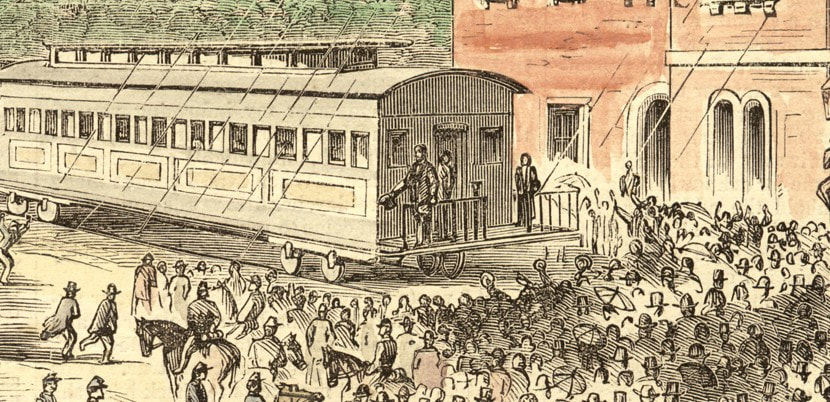
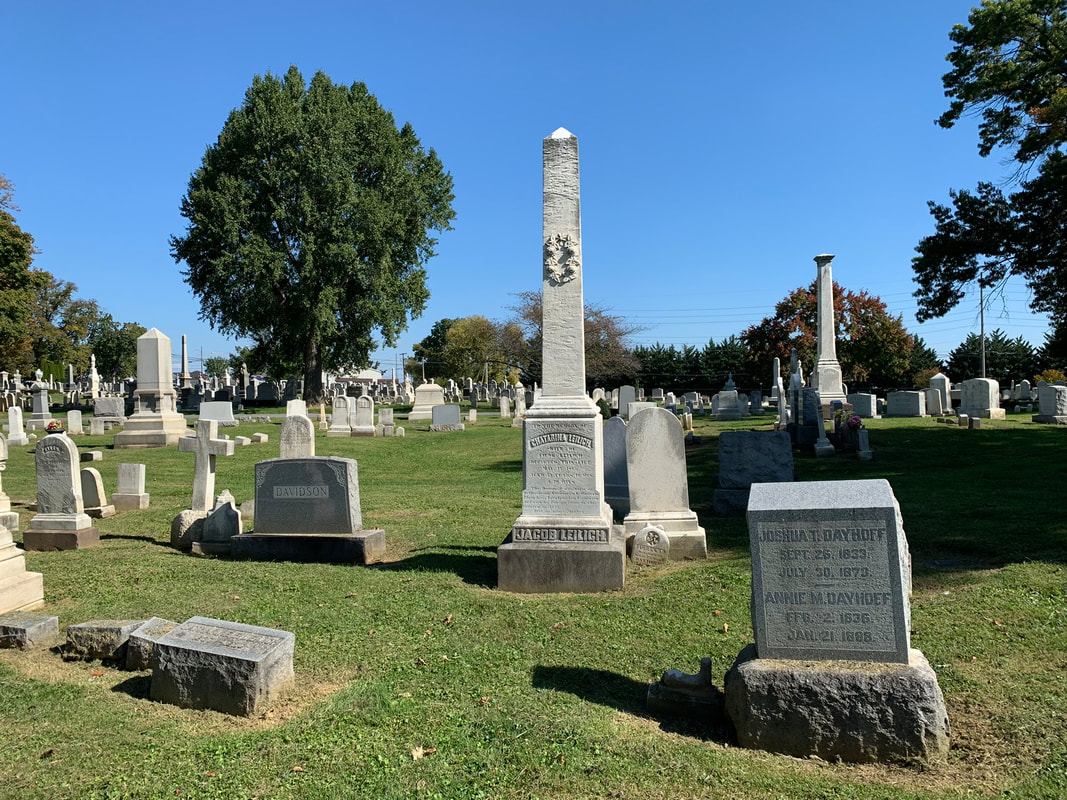
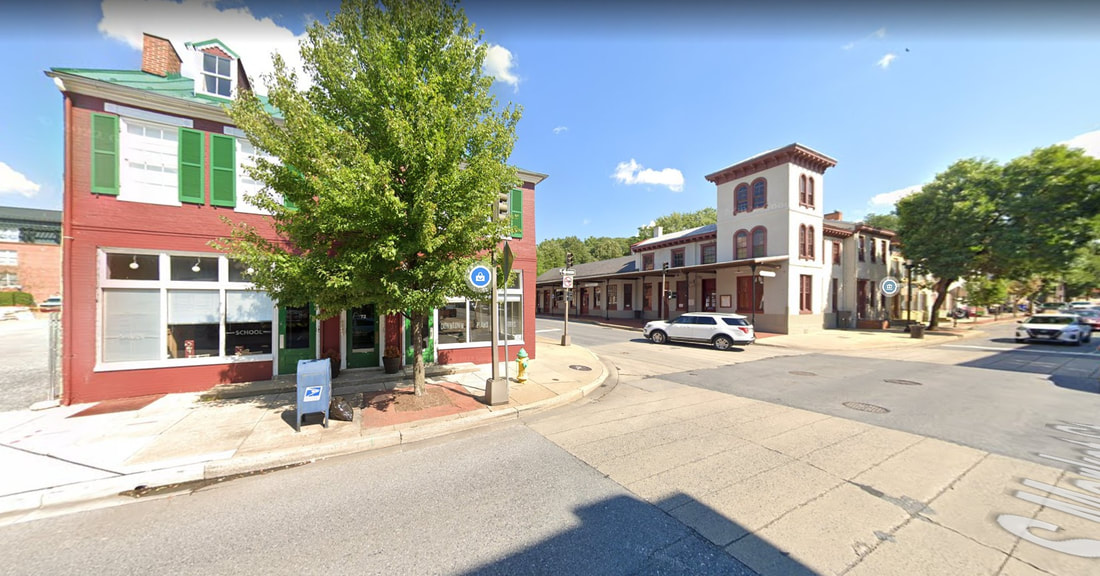
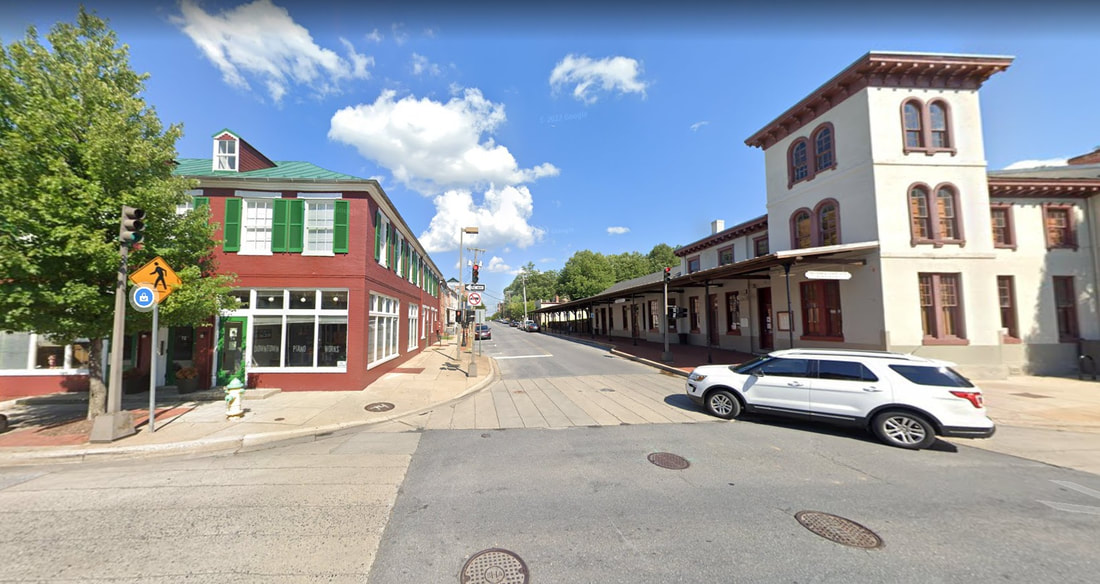
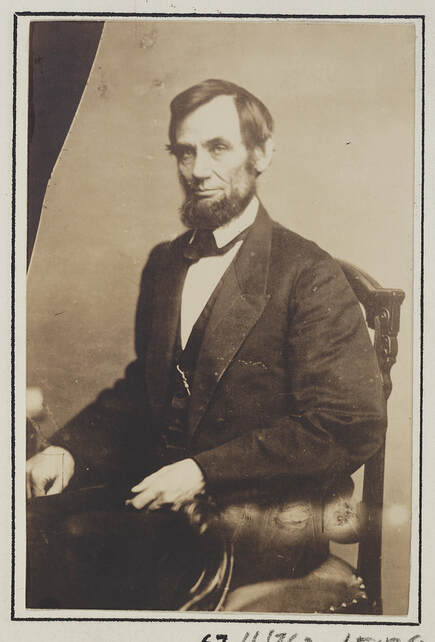
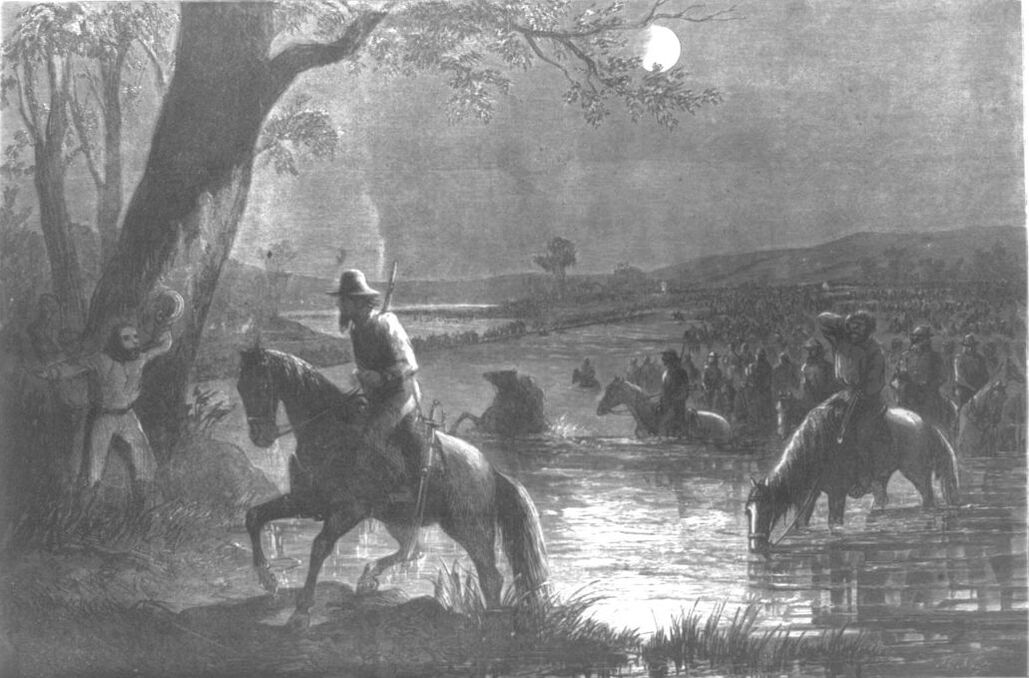
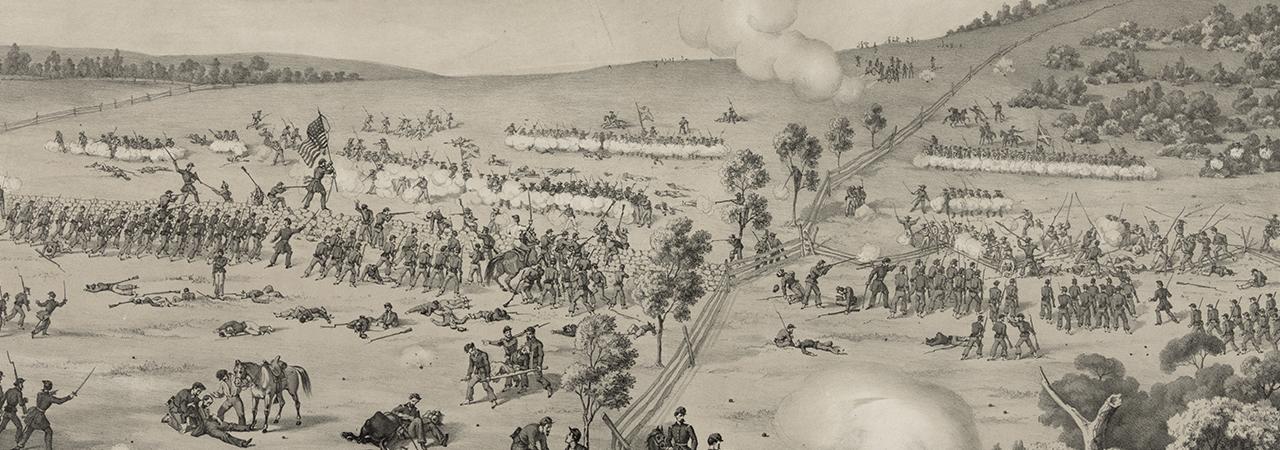
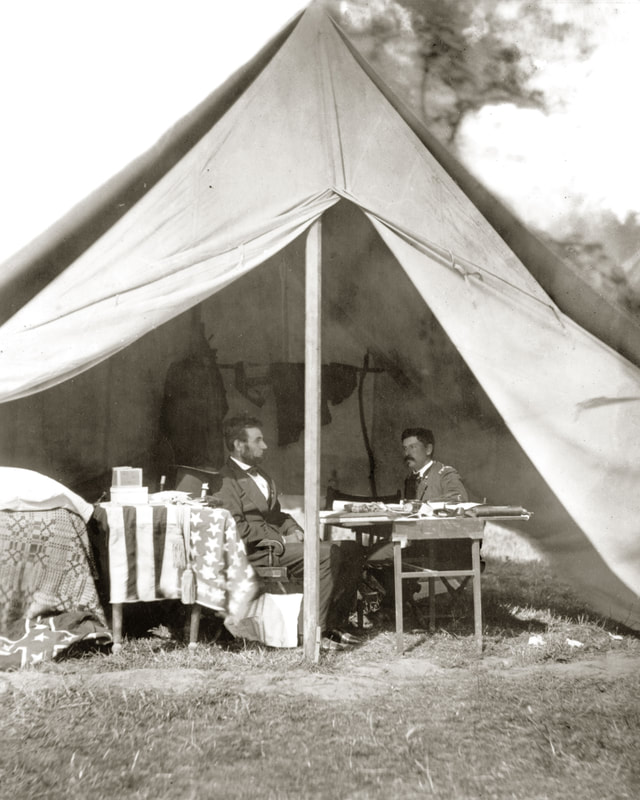
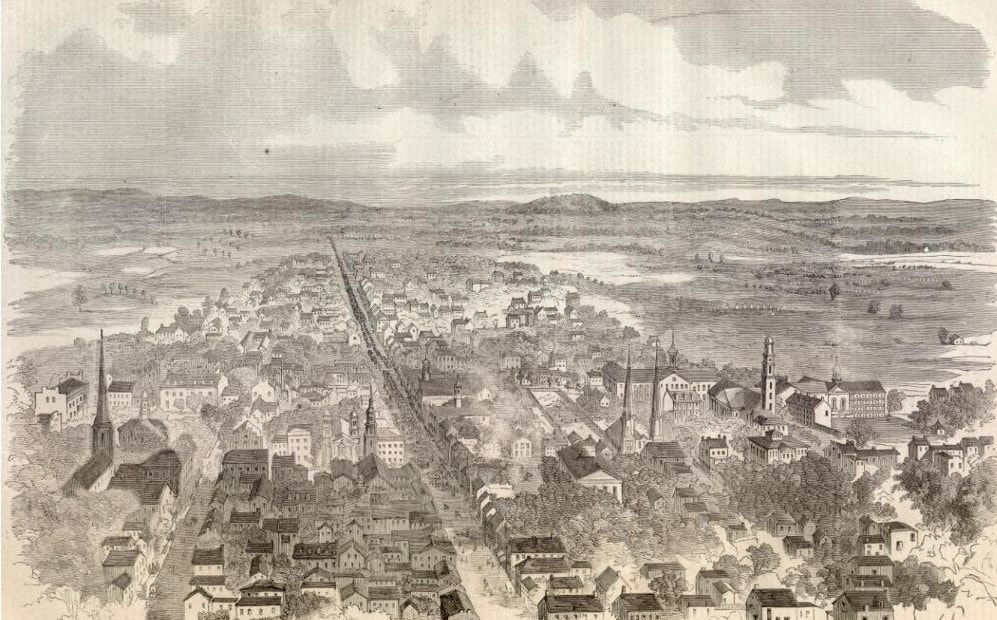
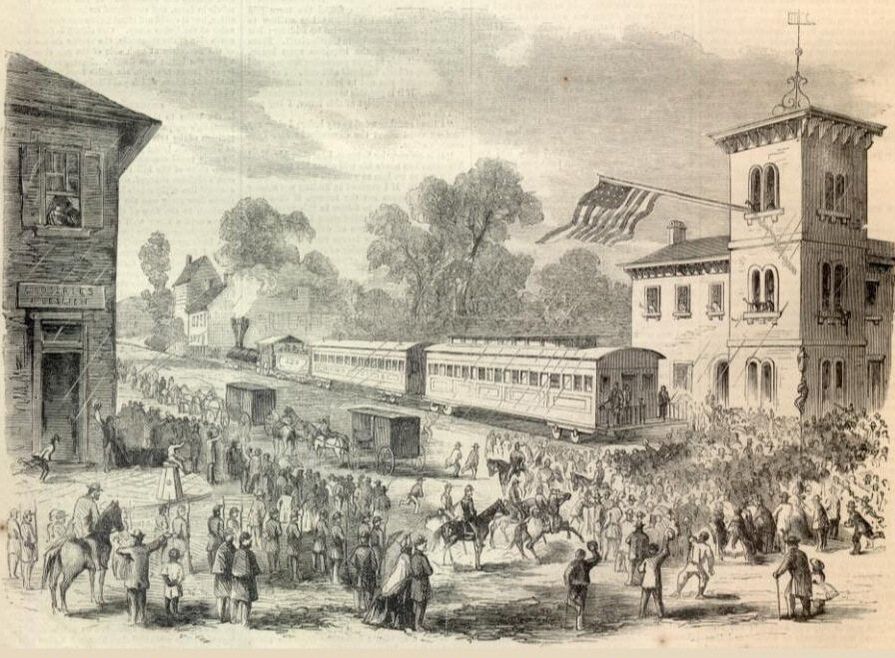
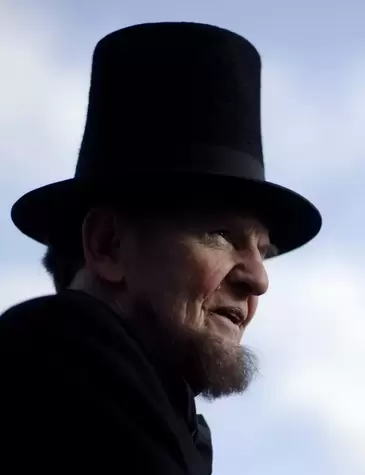
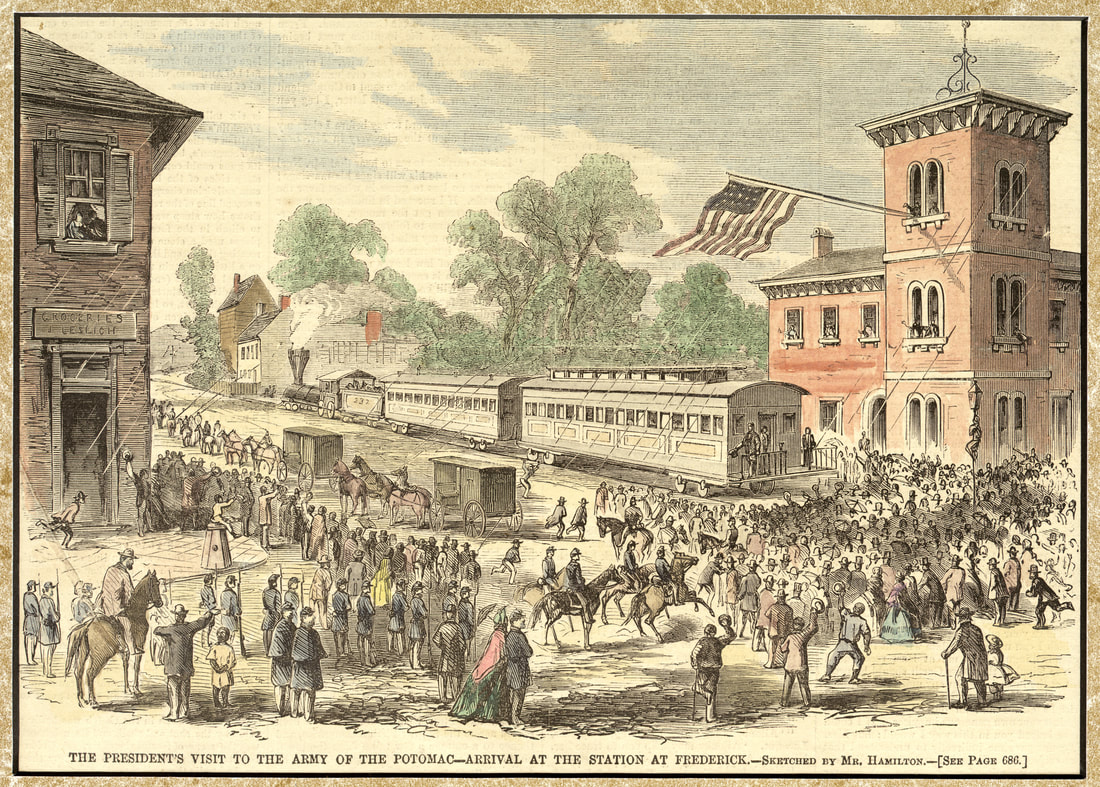
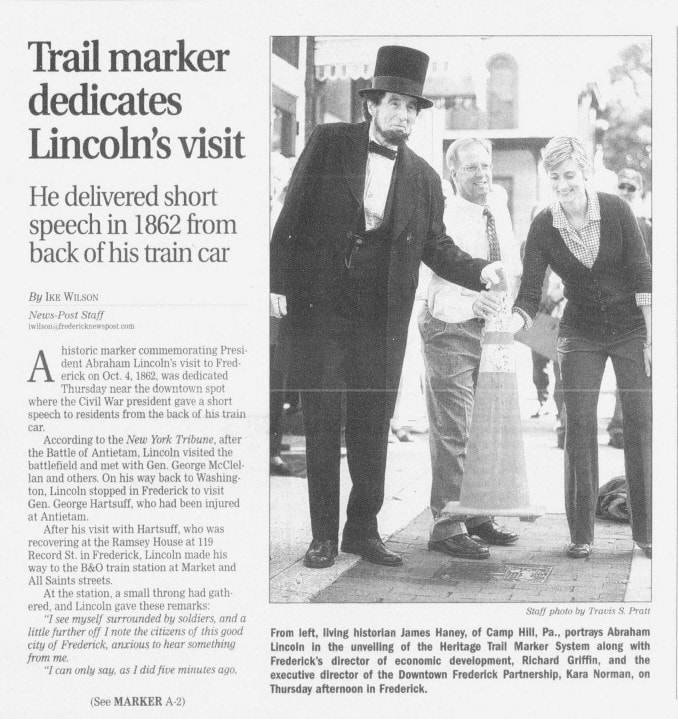
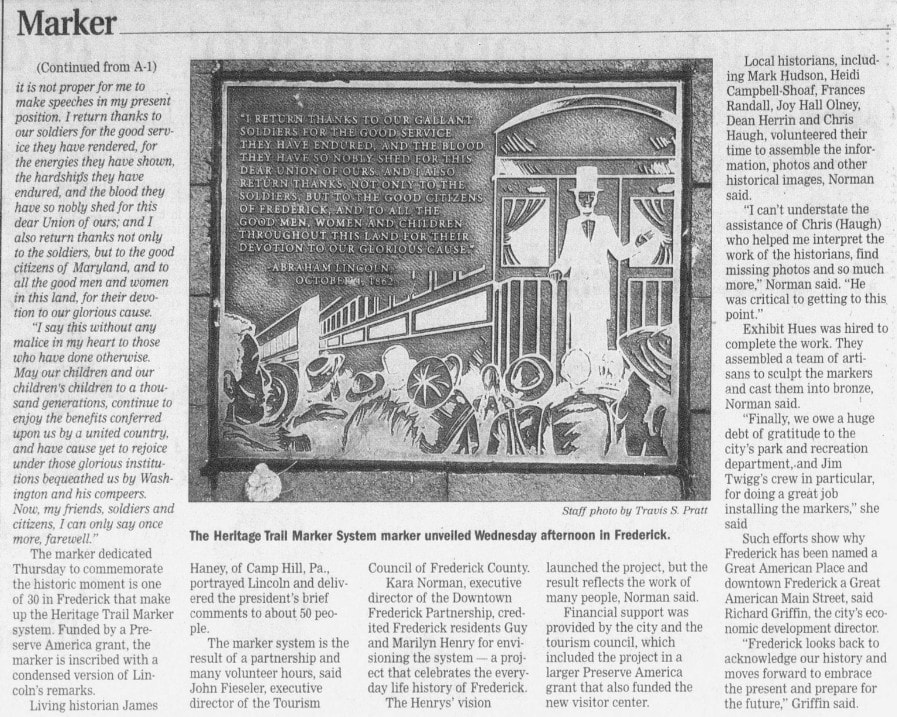
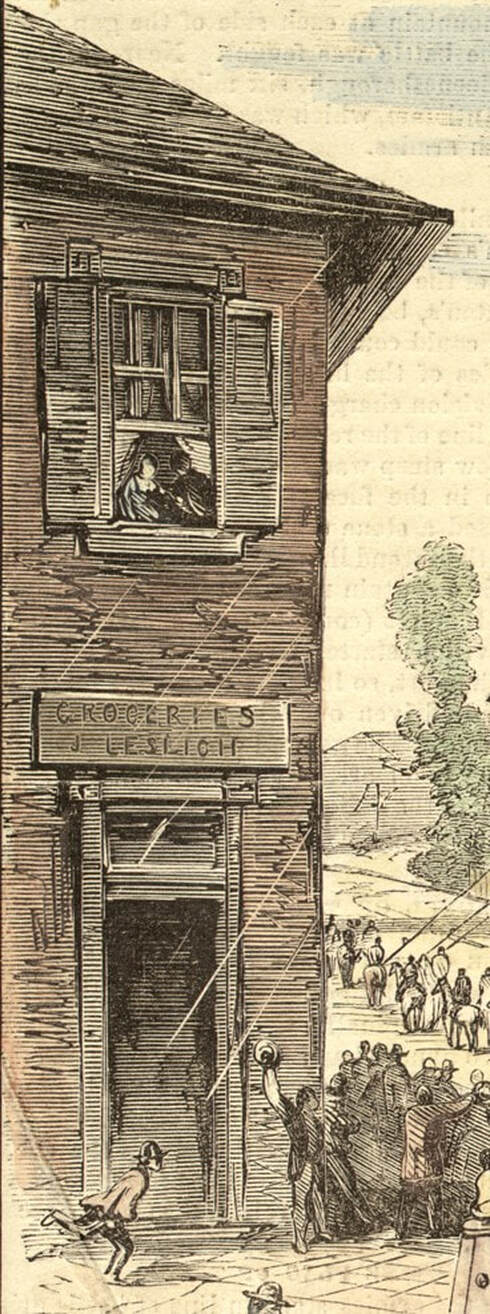
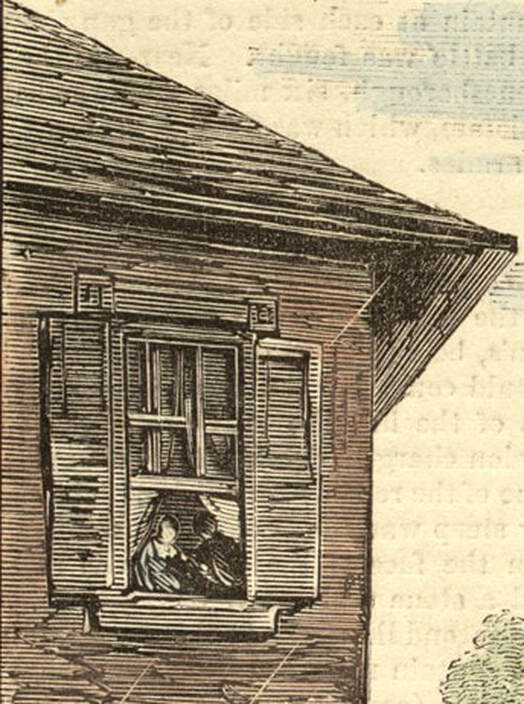
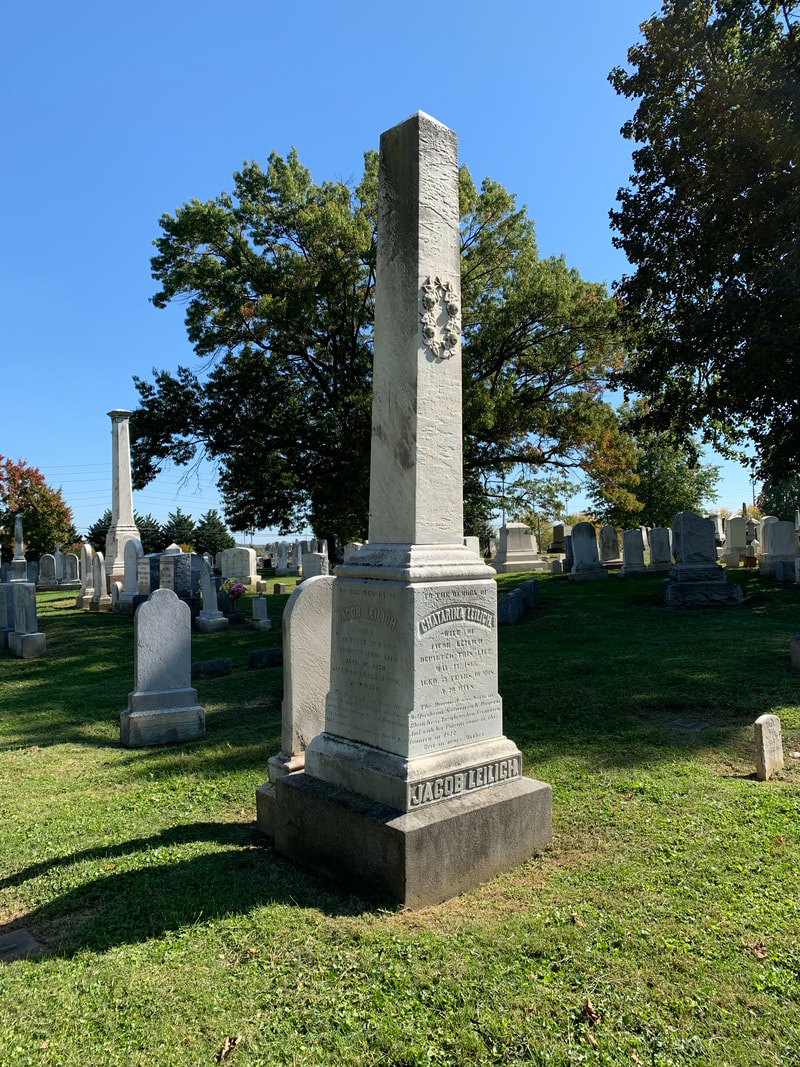
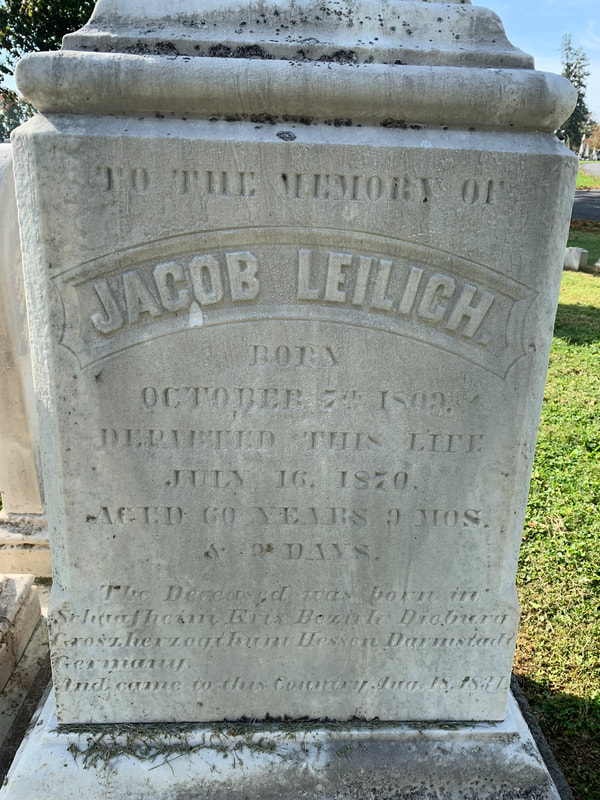
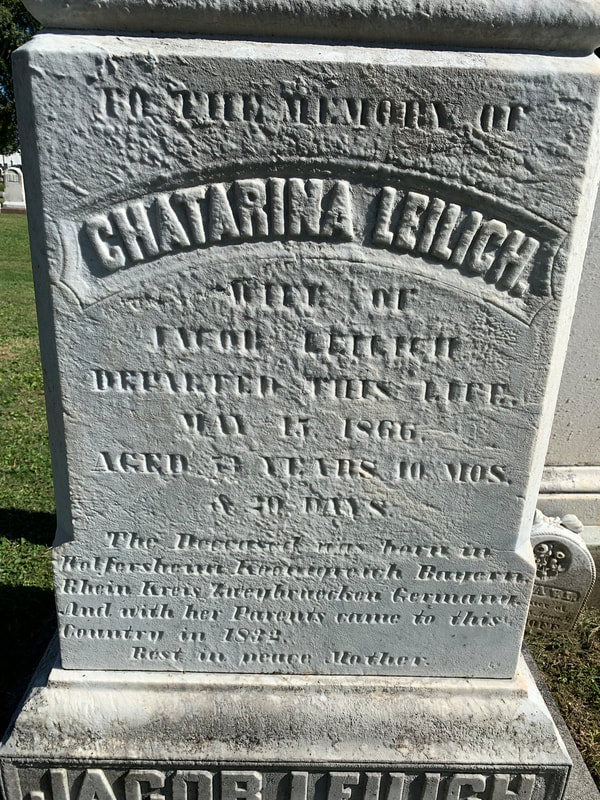
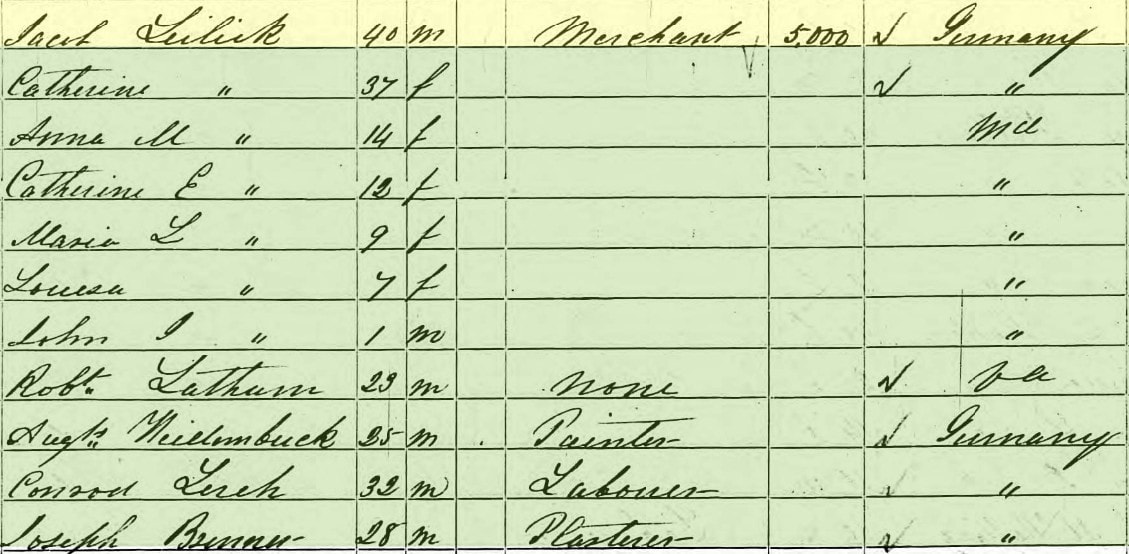
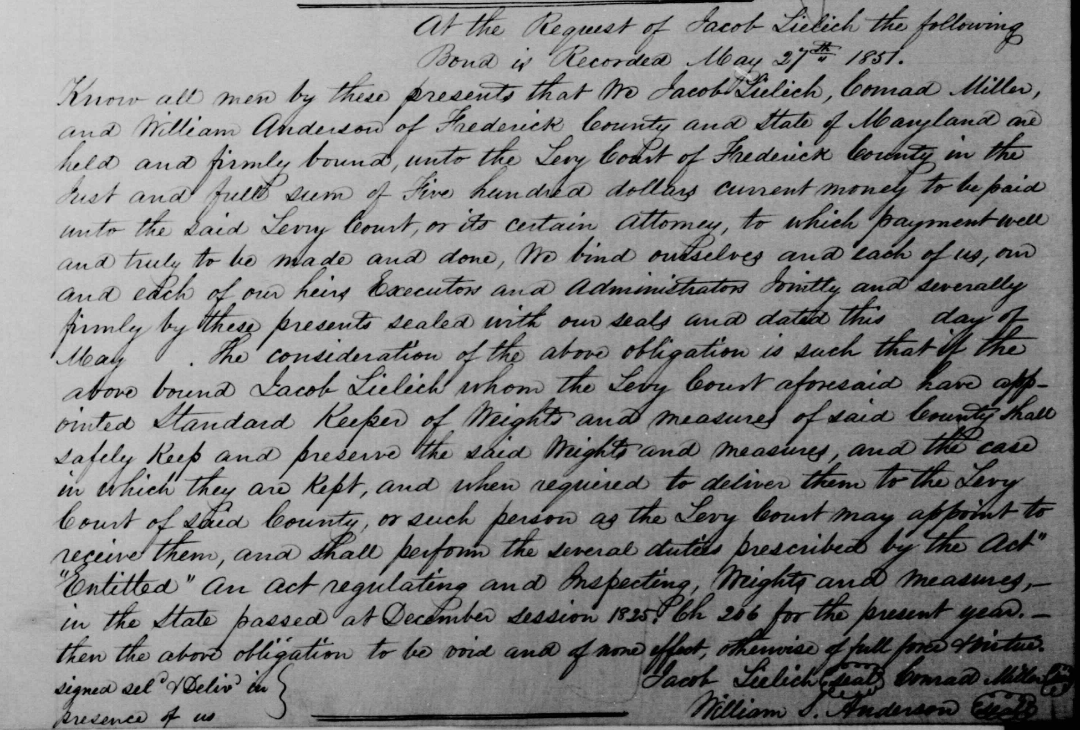
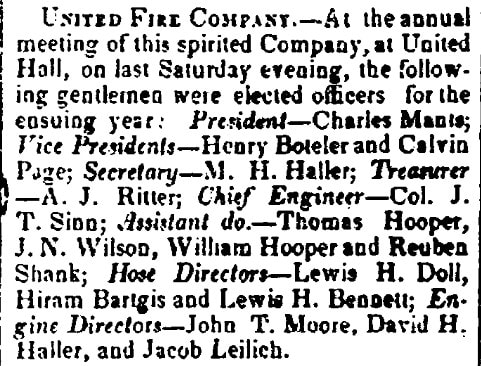
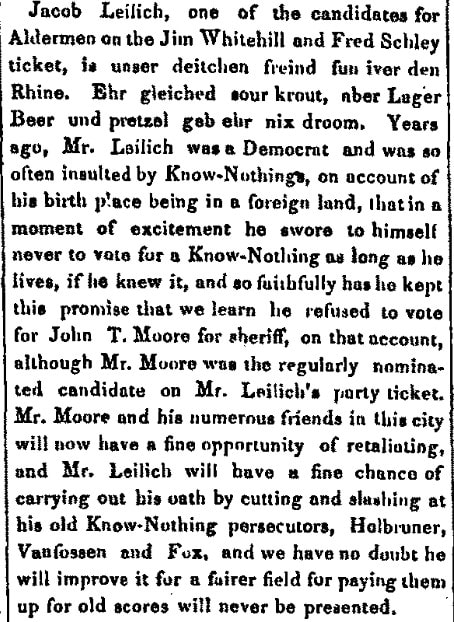
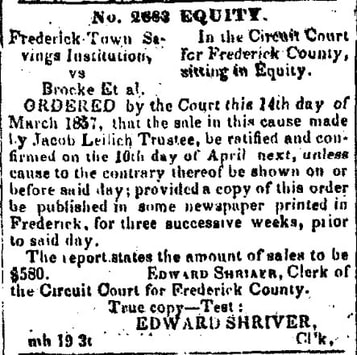
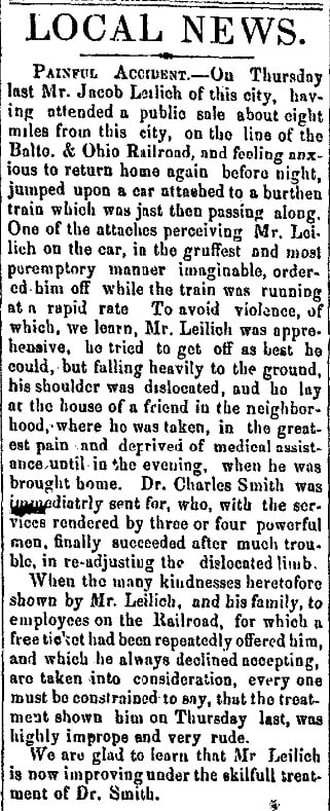
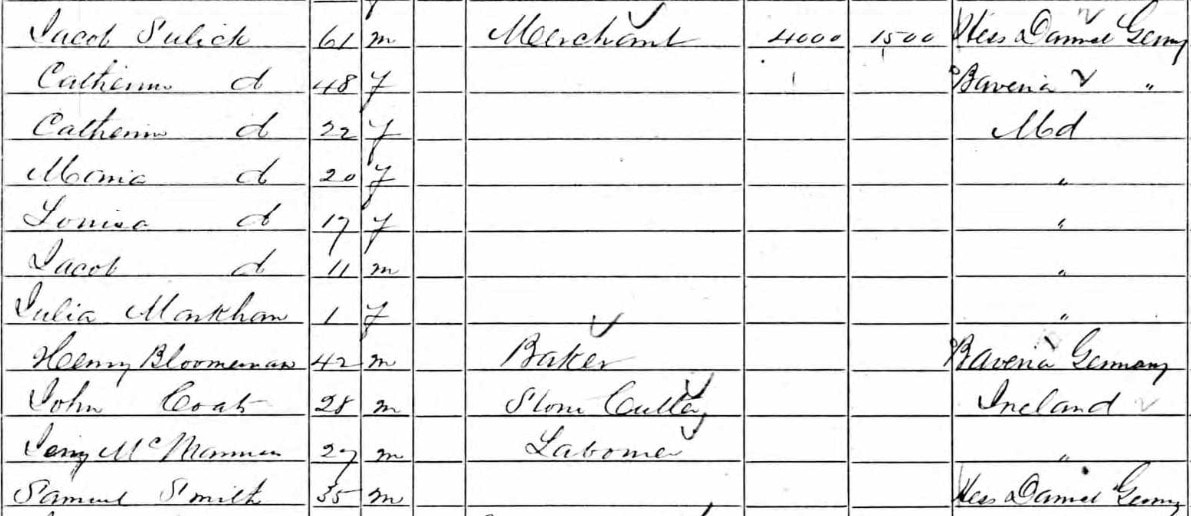
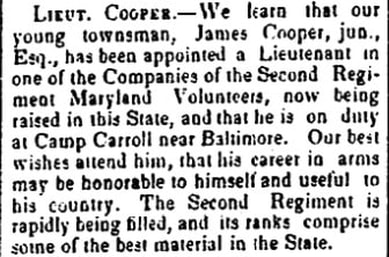
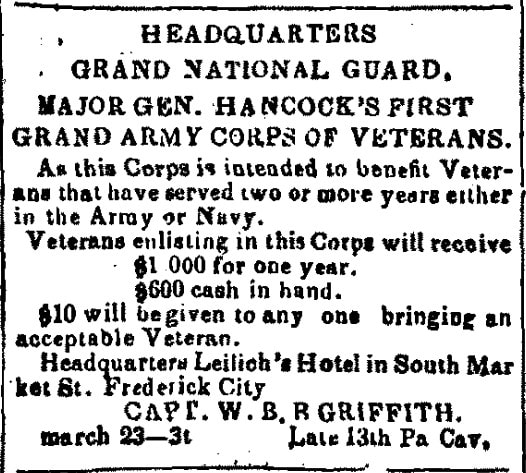
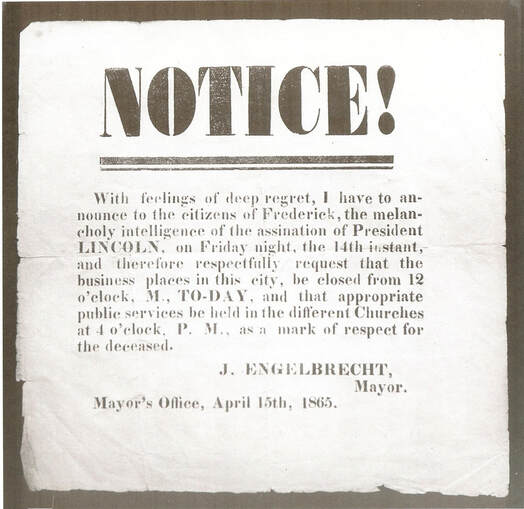
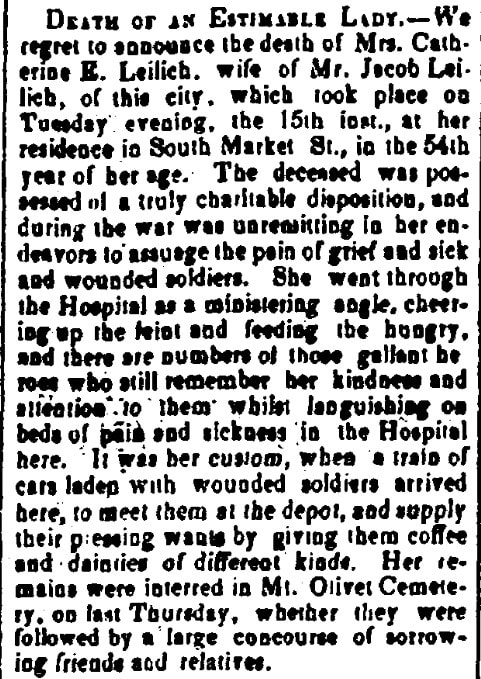
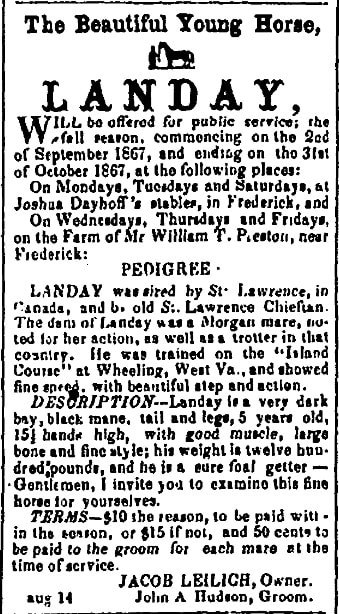
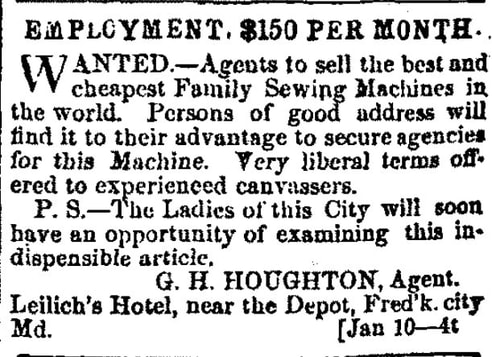
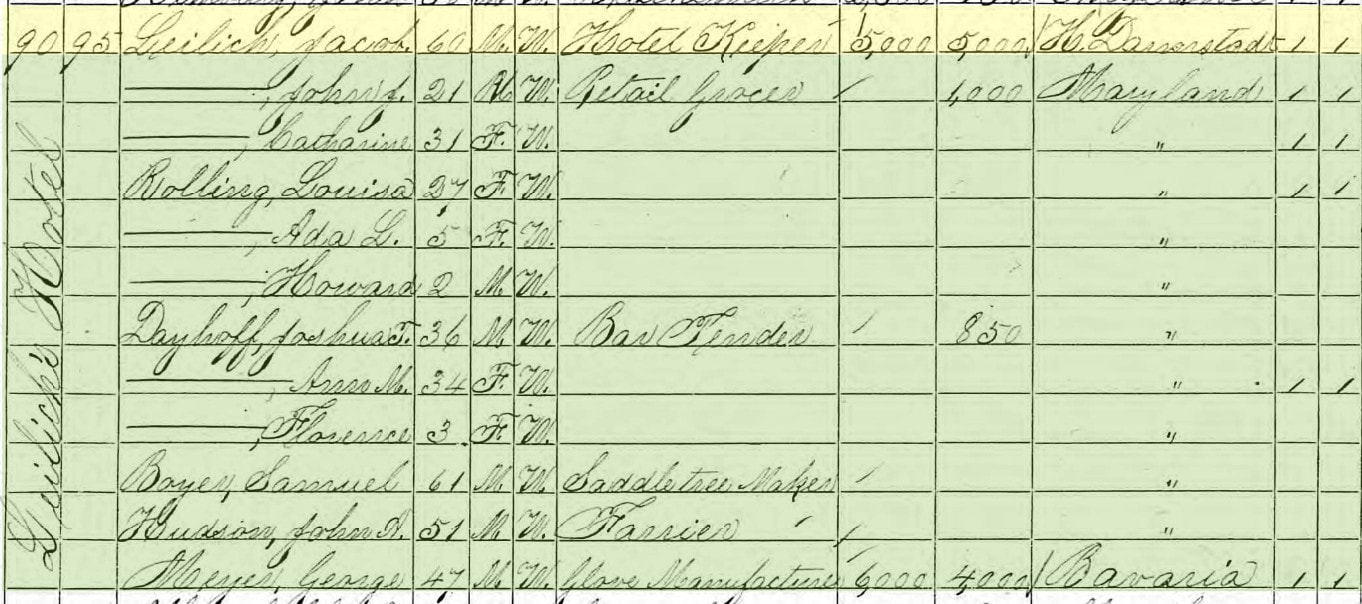
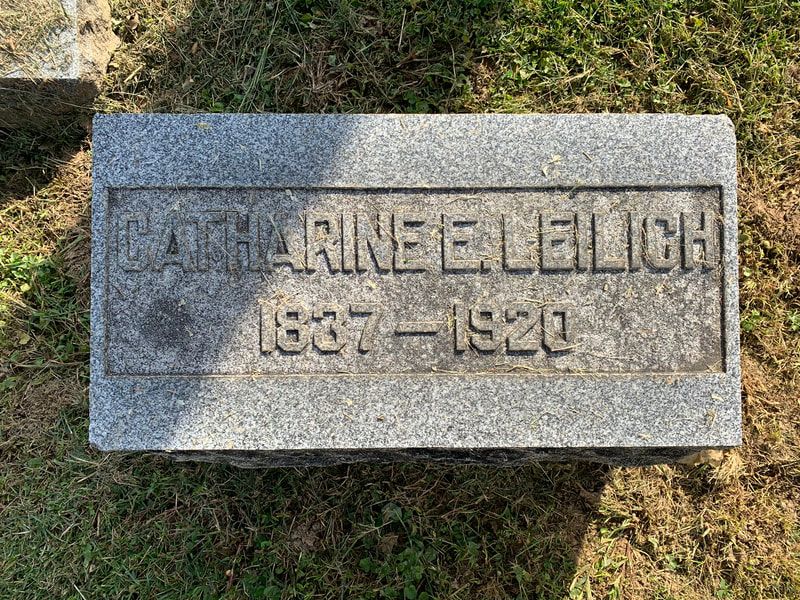
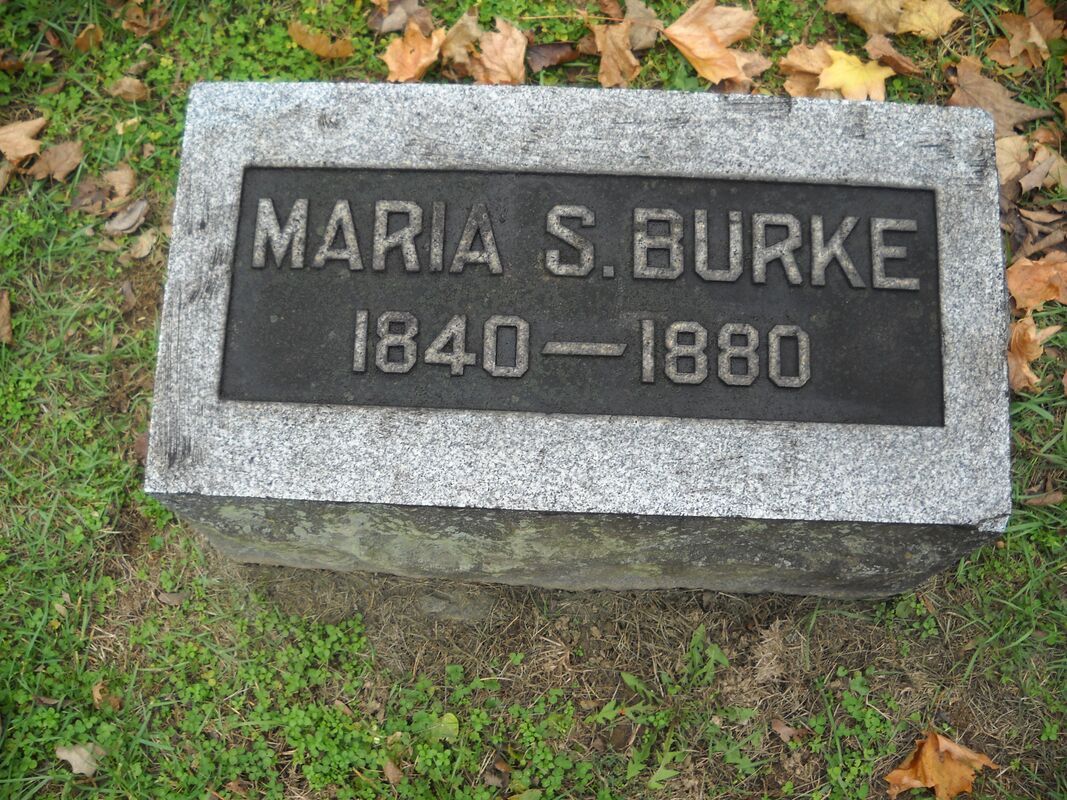
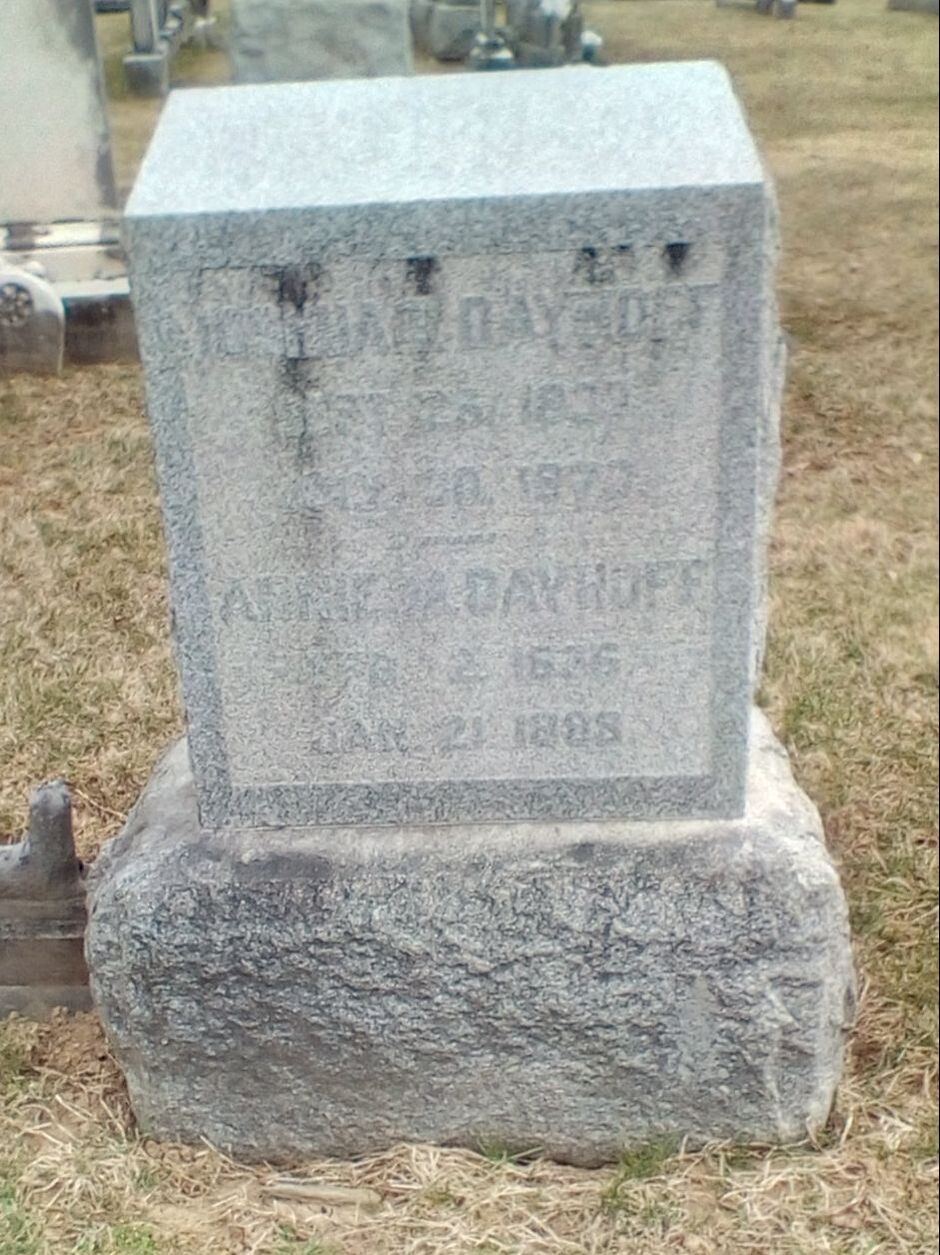
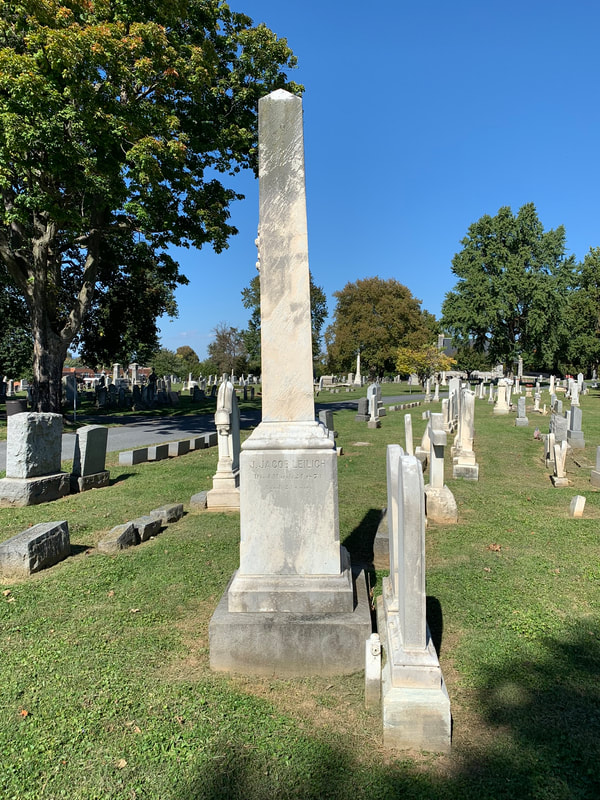
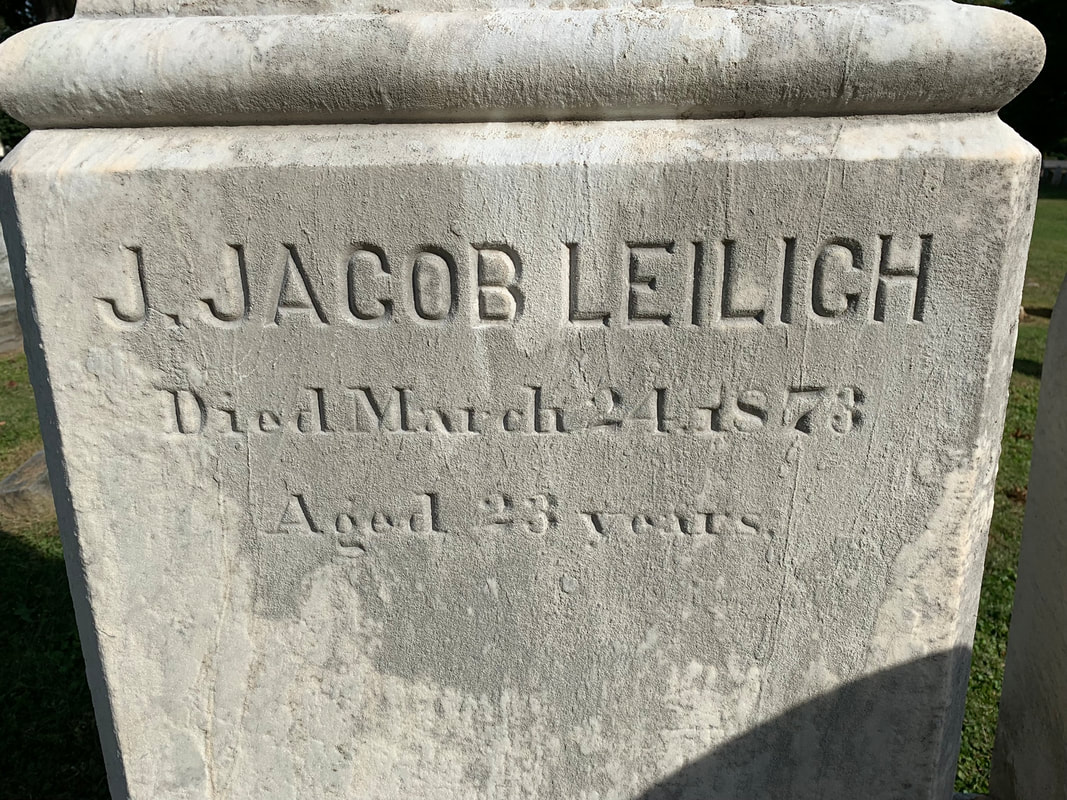
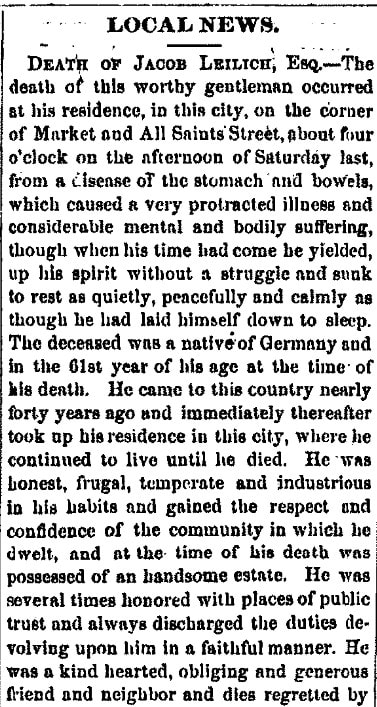
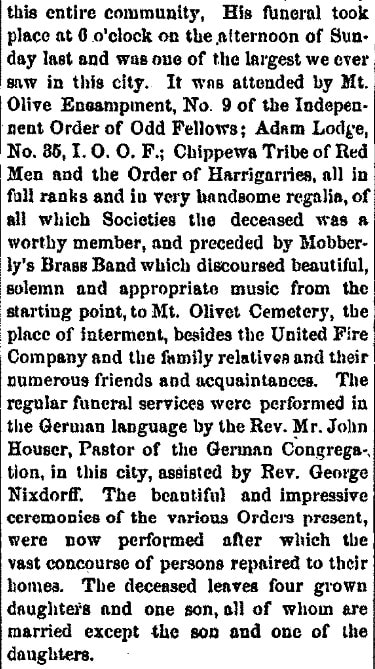
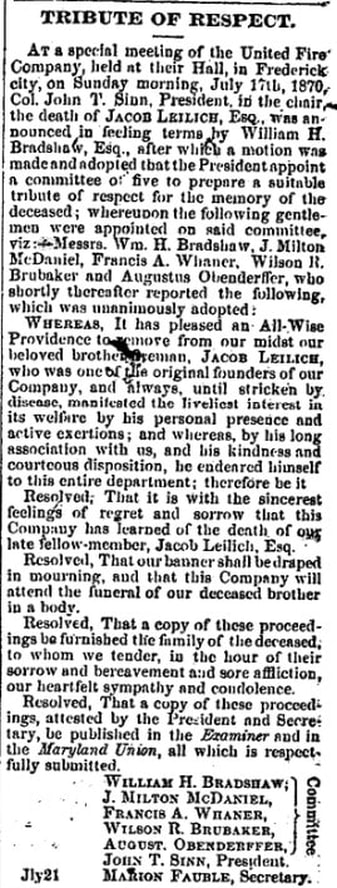
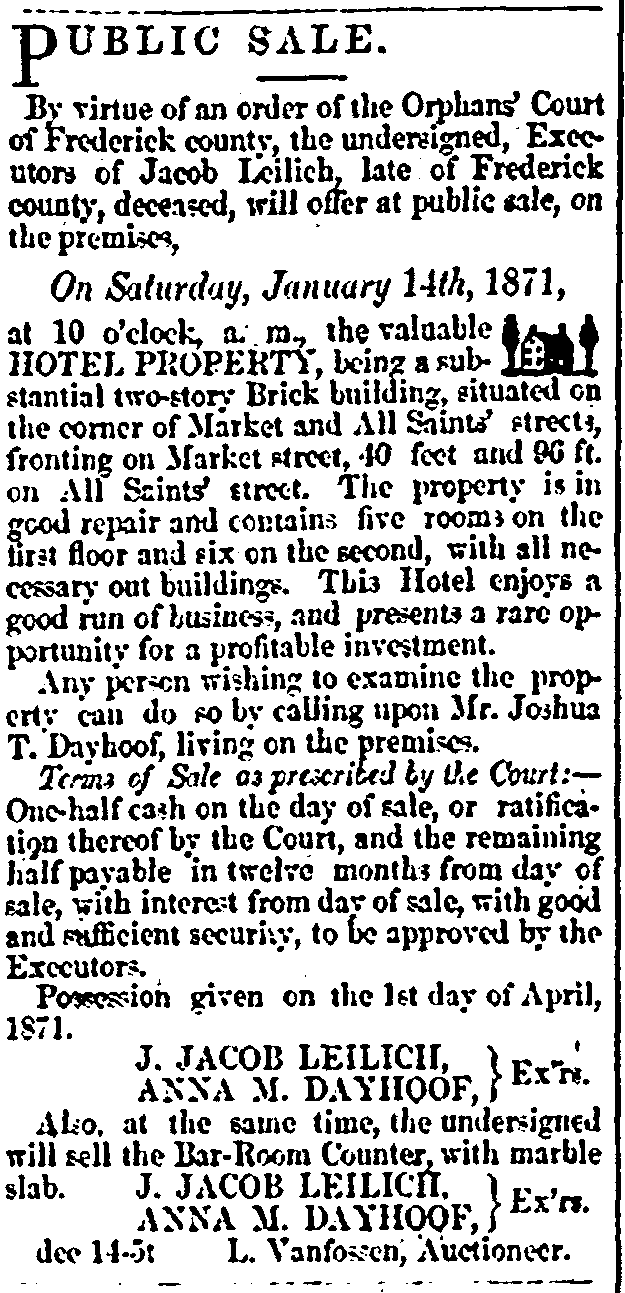
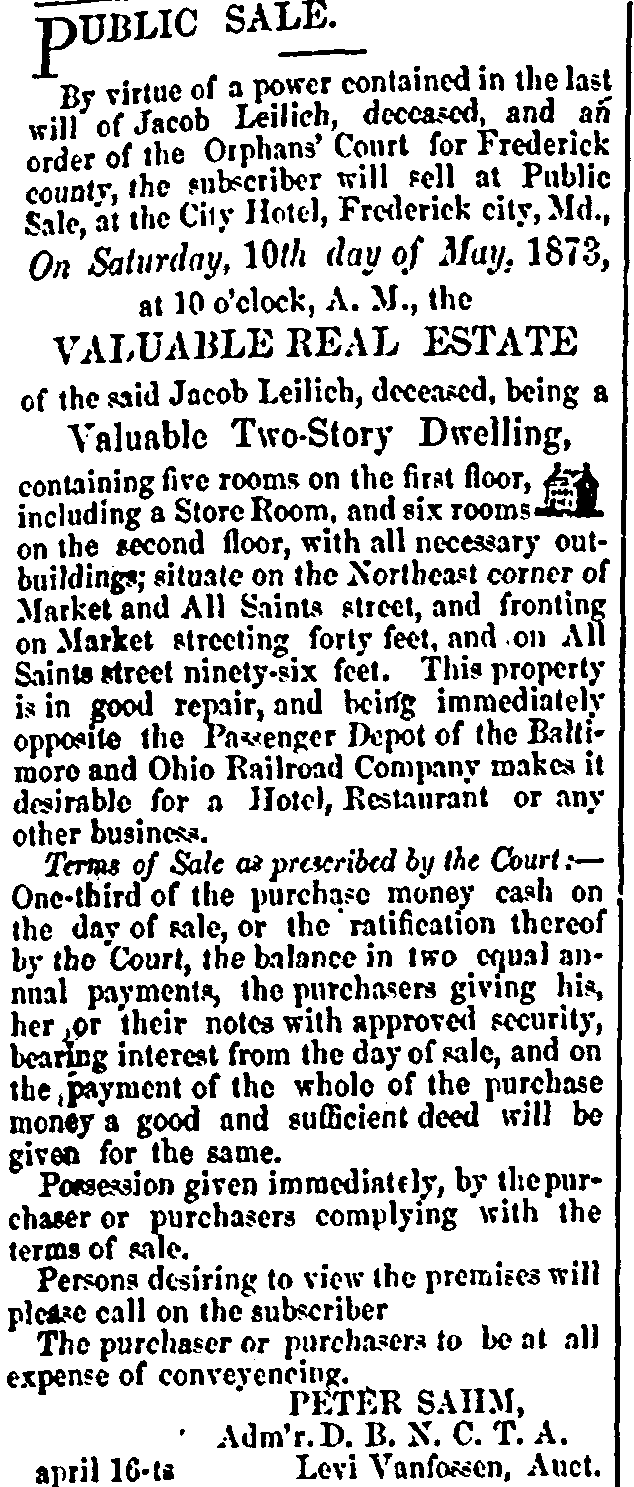
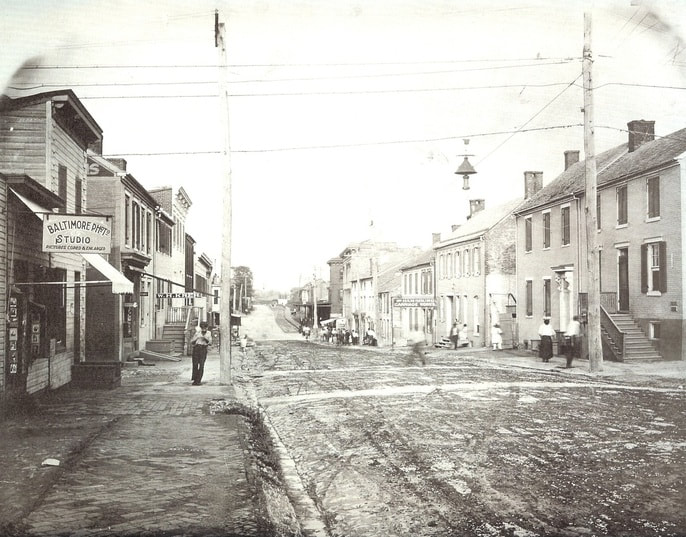
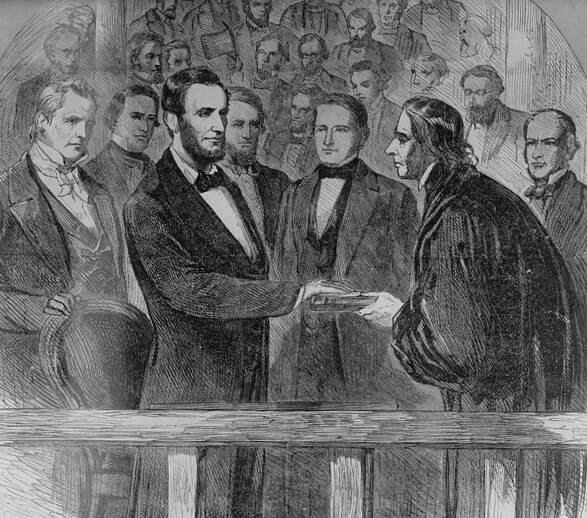
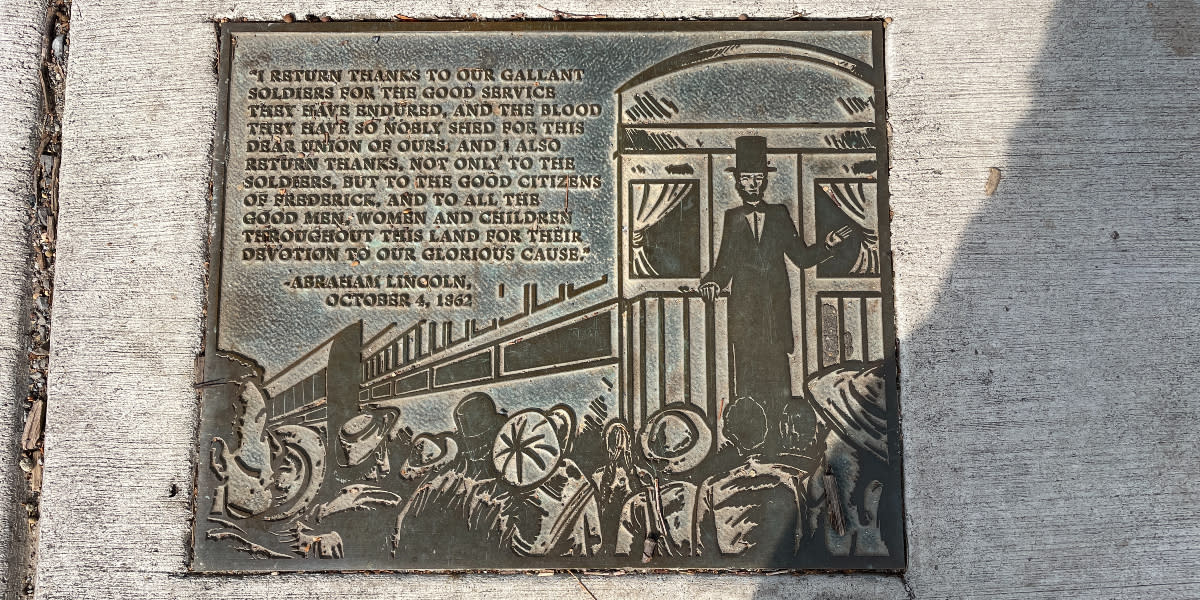

 RSS Feed
RSS Feed